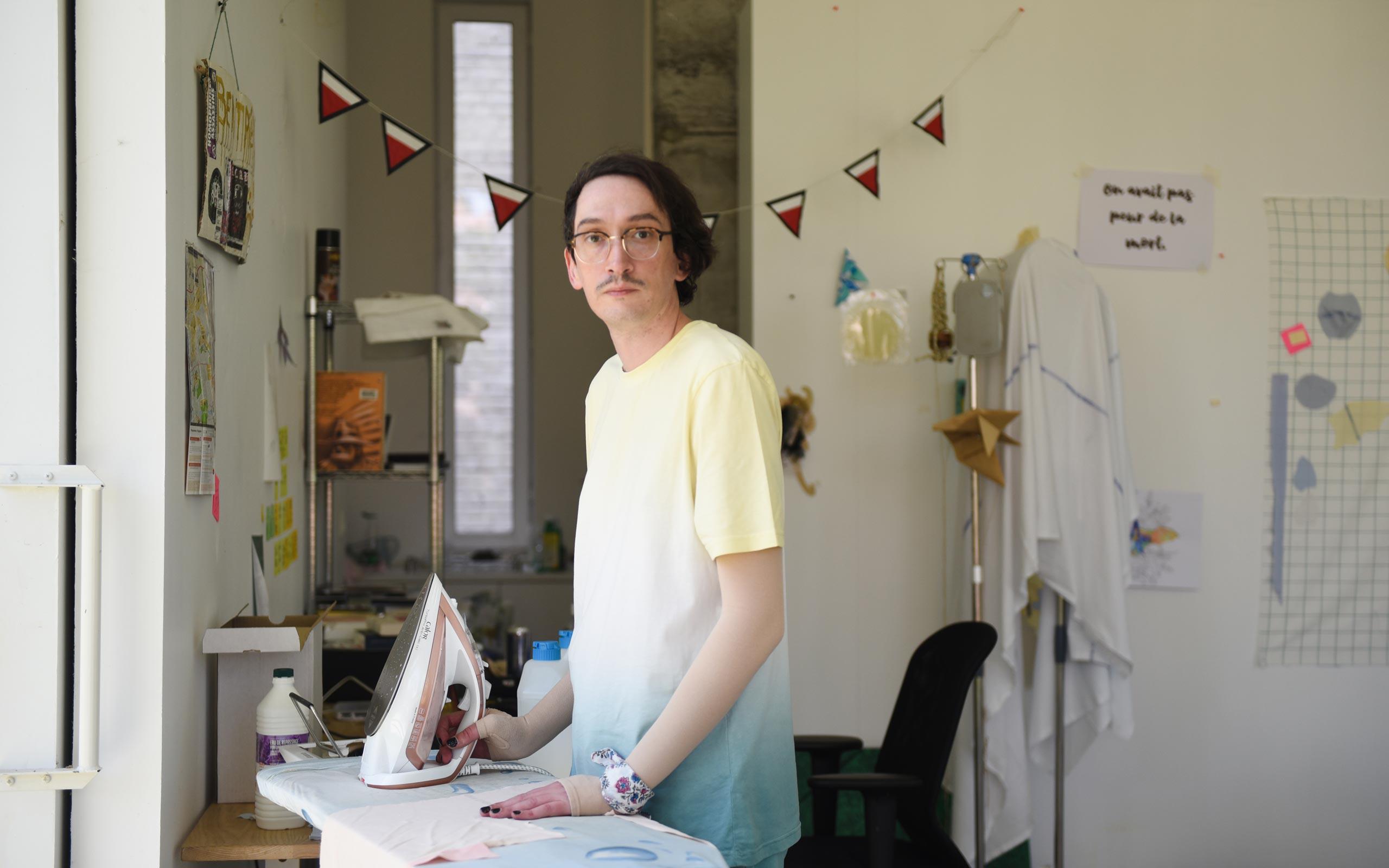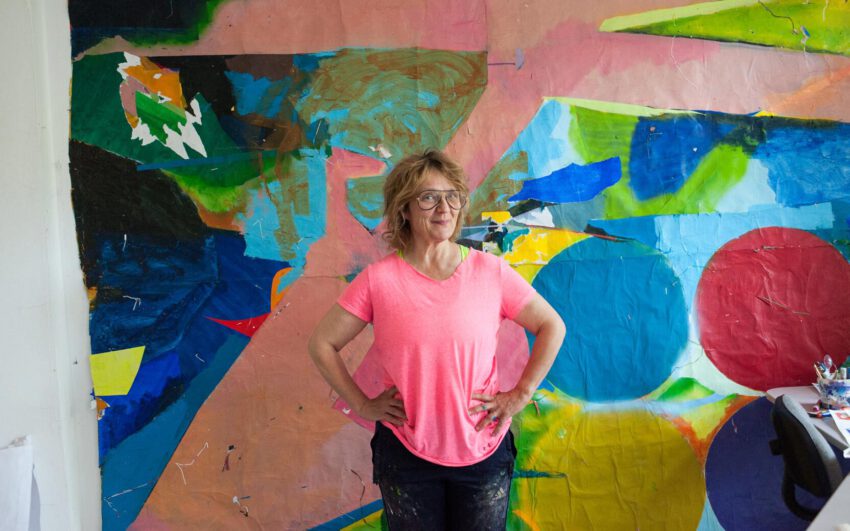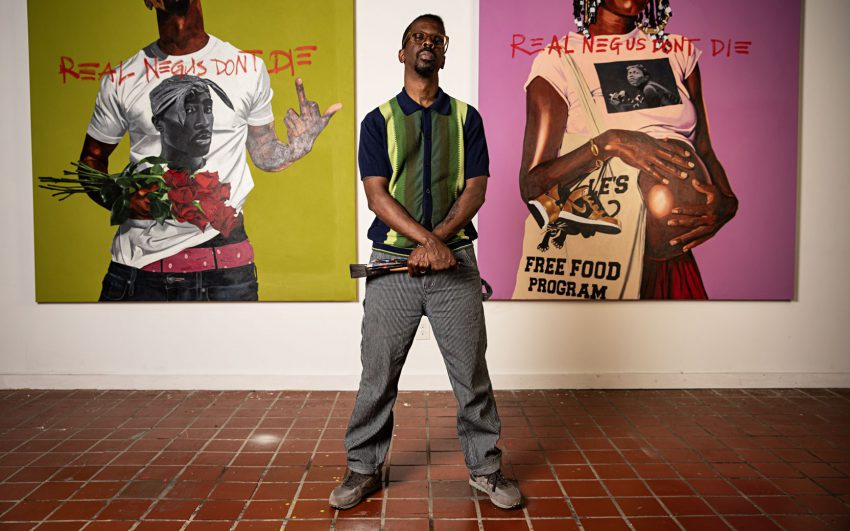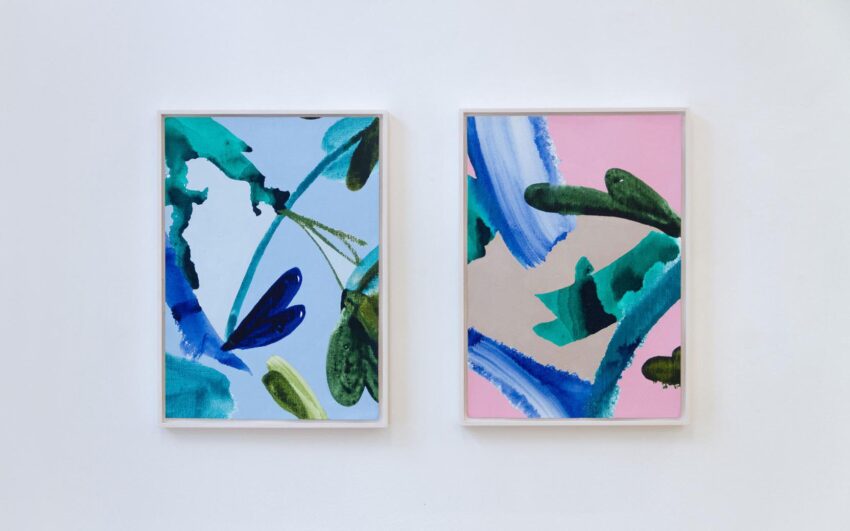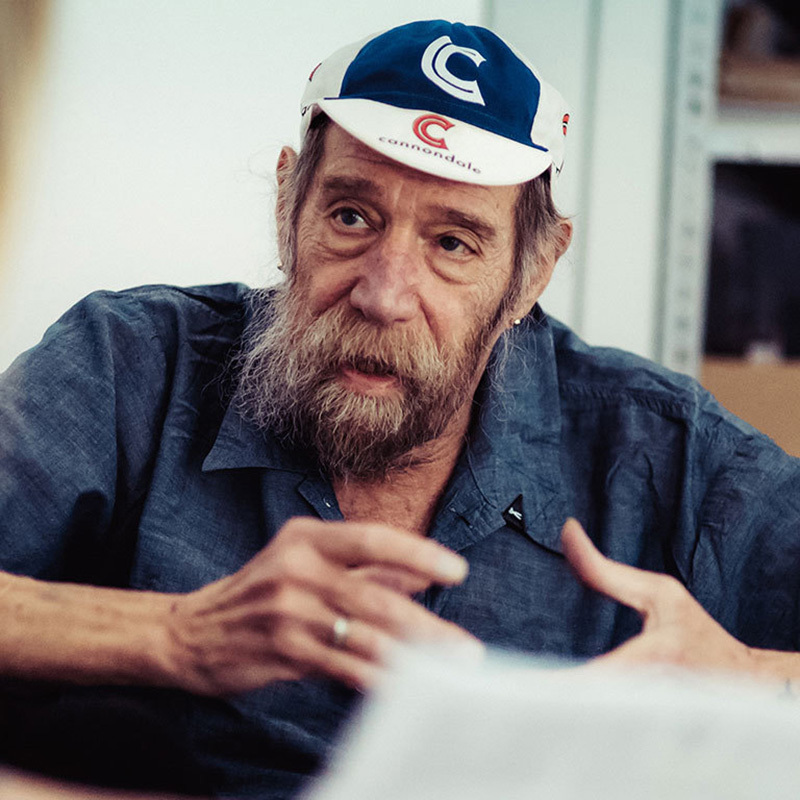The practice of the French artist Benoît Piéron is strongly linked to his childhood experiences as a hospital patient. He questions the perception of the sick body within our society and explores what he considers as the secondary benefits of illness. When Piéron combines waiting room plants with medical devices, fills pill cases with seeds and uses washed-out hospital sheets in his practice, he draws the viewer into his own carefully curated environment and his so-called strategy of “radical gentleness”.
Benoît, looking at your body of work, the relation to a personal experience with illness is quite apparent. Could you tell me about the connection between your work and your life?
In fact, I was I born with meningitis and as a result I became hemiplegic. Then, at the age of three and a half years, I developed leukemia. Unfortunately, it coincided with the time of blood products in France contaminated by the HIV AIDS virus (in 1980-1990, these products caused a large number of people needing blood transfusions to become infected with HIV AIDS), a public health scandal. I had been hospitalized in the children’s hematology department, and we received HIV AIDS contaminated transfusions. Eventually, out of around 10 children having received such transfusions, we were only two to survive in the ward.
Have you always been as comfortable talking about your medical history as you seem to be today?
No, it’s really something that took a long time. But it allows the viewer to enter another level of understanding regarding my work, because my practice is related to the trauma I experienced: my body became political at a young age. It is violent to lose your friends at the beginning of your life, and this trauma took time to emerge.
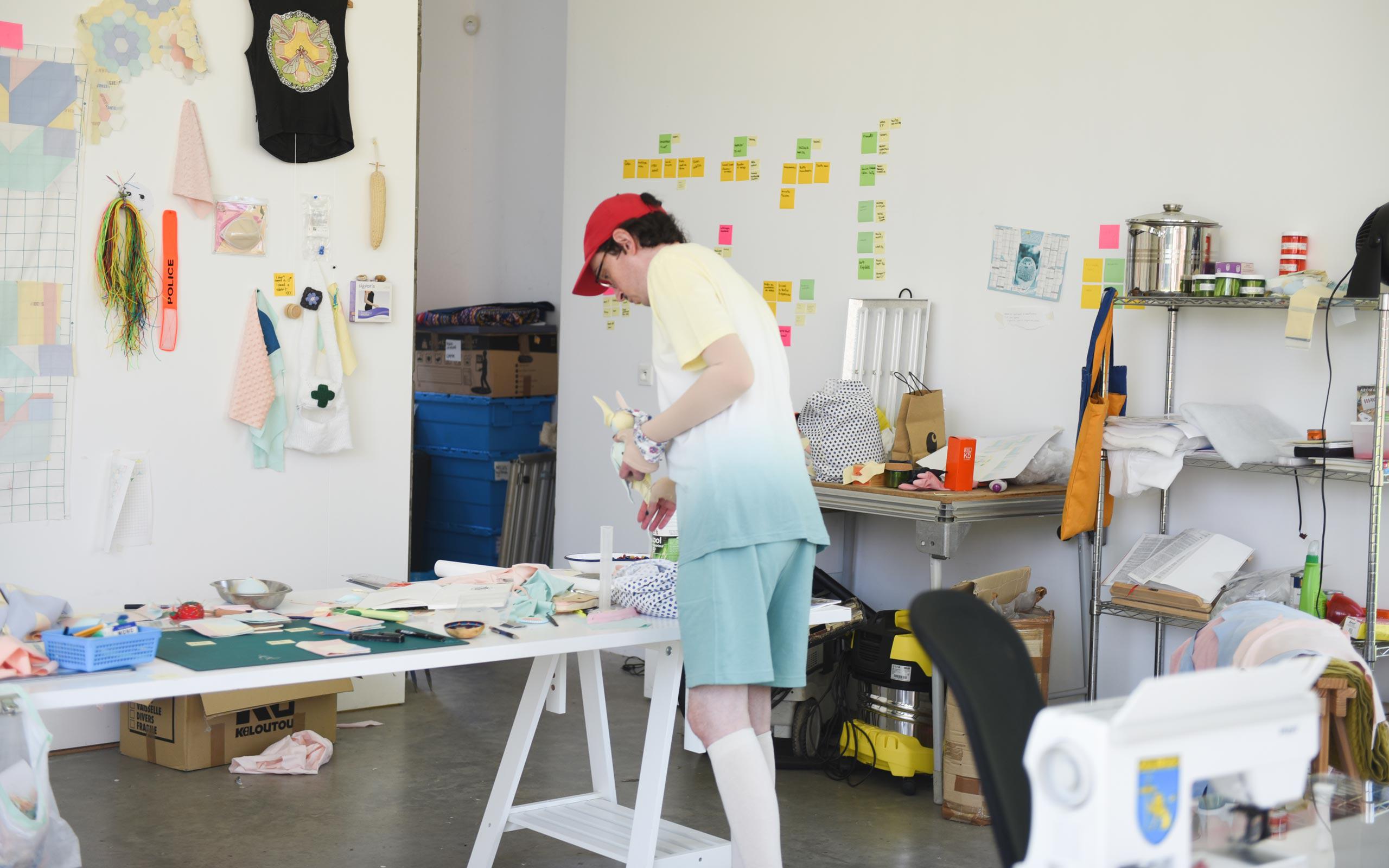
Talking about trauma – you experienced some more…
In fact, I had cancer about four years ago. It made me relive all the situations that can be experienced in a hospital, and that I had lived through as a child.
Did this lead you to reveal more about yourself?
While I had never hidden my illness before, it just did not seem interesting to me. It was not at the heart of my work, or so I believed. No one had ever asked questions about what I had experienced, especially in my childhood. And then, at some point, I realized that those experiences ARE the key to my practice.
How did this moment of recognition happen?
From a psychoanalytic point of view, it is said that you must sometimes live your trauma a second time to be able to seize it, to use it. That is exactly what happened to me. When I was hospitalized for cancer, I reconnected to my memories by the sensations I experienced in the hospital: the feeling of sheets on my skin, the feeling of waiting, of pain, of calling caregivers who do not come.
So, you almost travelled back in time?
Yes, all these feelings put me back in situations that had already happened. I was very unwell at the time because the cancer had started to spread, and it took me a while before I could work again. The cancer then led to myopathy (diseases that are associated with weakness of the muscles; symptoms include muscle pain). And suddenly, I said to myself: I have lost the jobs I had, I can’t work anymore… I really had no choice but to do something about this illness that had taken over my life. And rather than let it destroy me, I decided to use it to make my art bloom. There was a kind of internal force that was finally manifesting itself. And so, I took all the money I had, rented a studio for a year and hired an assistant. And that is how I really became an artist for the second time.
And your work became more focused?
In fact, it is about giving a plasticity to the disease. My work is about the absence of my roots. When I create something, I want to give meaning to my experiences, to uncover all these underlying themes.
Is this the moment where you transform your individual experience into a collective one?
Yes, that’s exactly the connection I’m hoping for because art is my area of contact with the world. If I have trouble speaking foreign languages, it is also because I had acute meningitis at birth… truly speaking, I was hard of hearing for the first months of my life. Therefore, words are a secondary language for me; my vocabulary is really that of the period of my trauma. I see myself as a kind of anthropologist amid healthy people, as some sort of alien trying to figure out how it works. As I only attended elementary school for a few days per year, art is really my way of connecting with society; art allows me to talk.
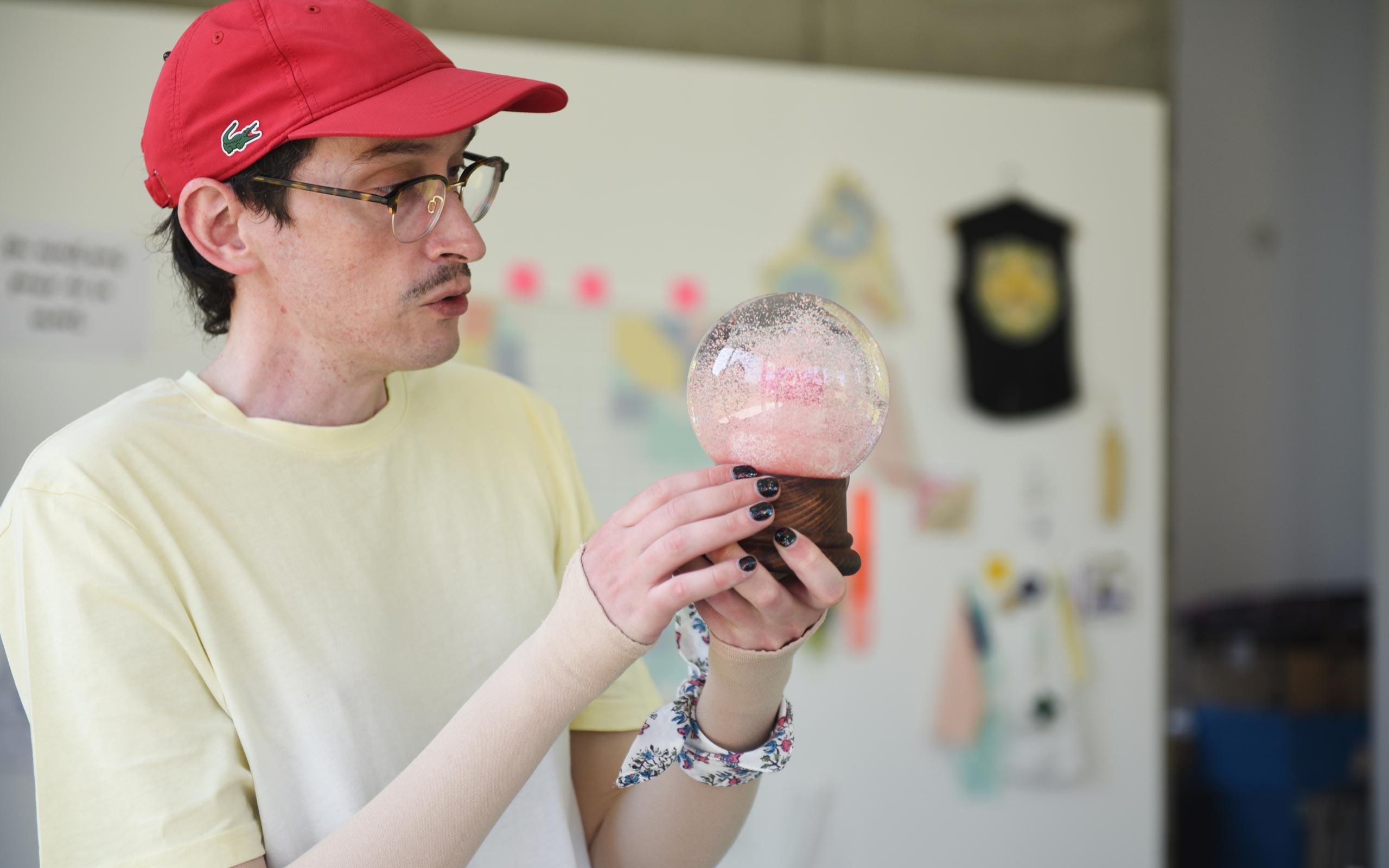
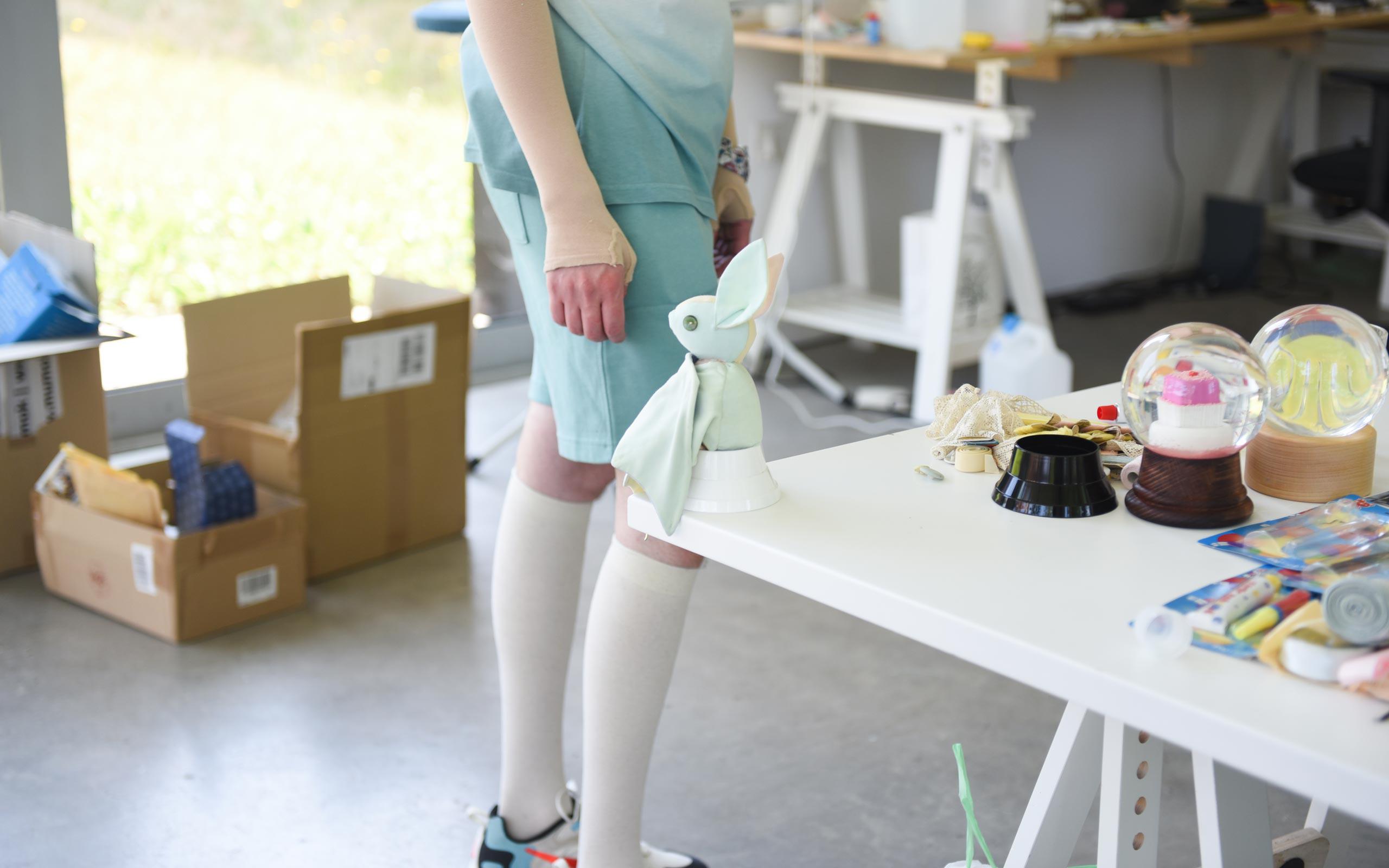
One material that you use a lot are old, washed-out hospital sheets. Can you tell me how they became part of your work?
This kind of fabric is something that I had first used in my work practice in 2007, when I needed to sew a giant bundle for an installation. I was looking for fabric, and found it in a DIY store, Leroy Merlin. They sell old hospital sheets; and I was immediately drawn to them…sometimes we have intuitions like that.
Did you make the connection to your childhood days in hospital right away?
The colors really grabbed me. These old sheets are washed, ragged and then sold in bundles, while still carrying traces of previous users, traces of blood, fat, all types of things. I was attracted by those light colors. They are my heraldry, my coat of arms: my childhood colors! They remind me of Proust’s Madeleines, because it is the memory and landscape of my childhood. And these fabrics are charged with a kind of collective memory. Suddenly I was able to move from my individual experience to a body that is much more collective, which materializes through flows, voices, including surely the voices of people who have disappeared while lying on these sheets.
You mentioned Proust’s Madeleines – does the smell and feeling of sheets evoke some sort of childhood home?
When I think about my childhood home, I think about my hospital bed. It was the only permanent element in the hospital, especially when you come back from the operating room. Because you can be assigned to a different room, your neighbors might no longer be the same…
It sounds like a dystopian situation…
We tried to listen to the crying of the children at night to guess which ones were still alive. And there were these dirty sheets piled outside the rooms because they are thrown out when children die. But they are also discarded when the patients get better and return home! It’s the grey of the hospital, it’s the grey of health.
How did you deal with it?
Death was really hovering over the ward. That’s why we were all fans of little vampires, because we had to give plasticity to death. And that is also why I’m interested in the figure of the vampire filled with tenderness, as per my cute bat objects.
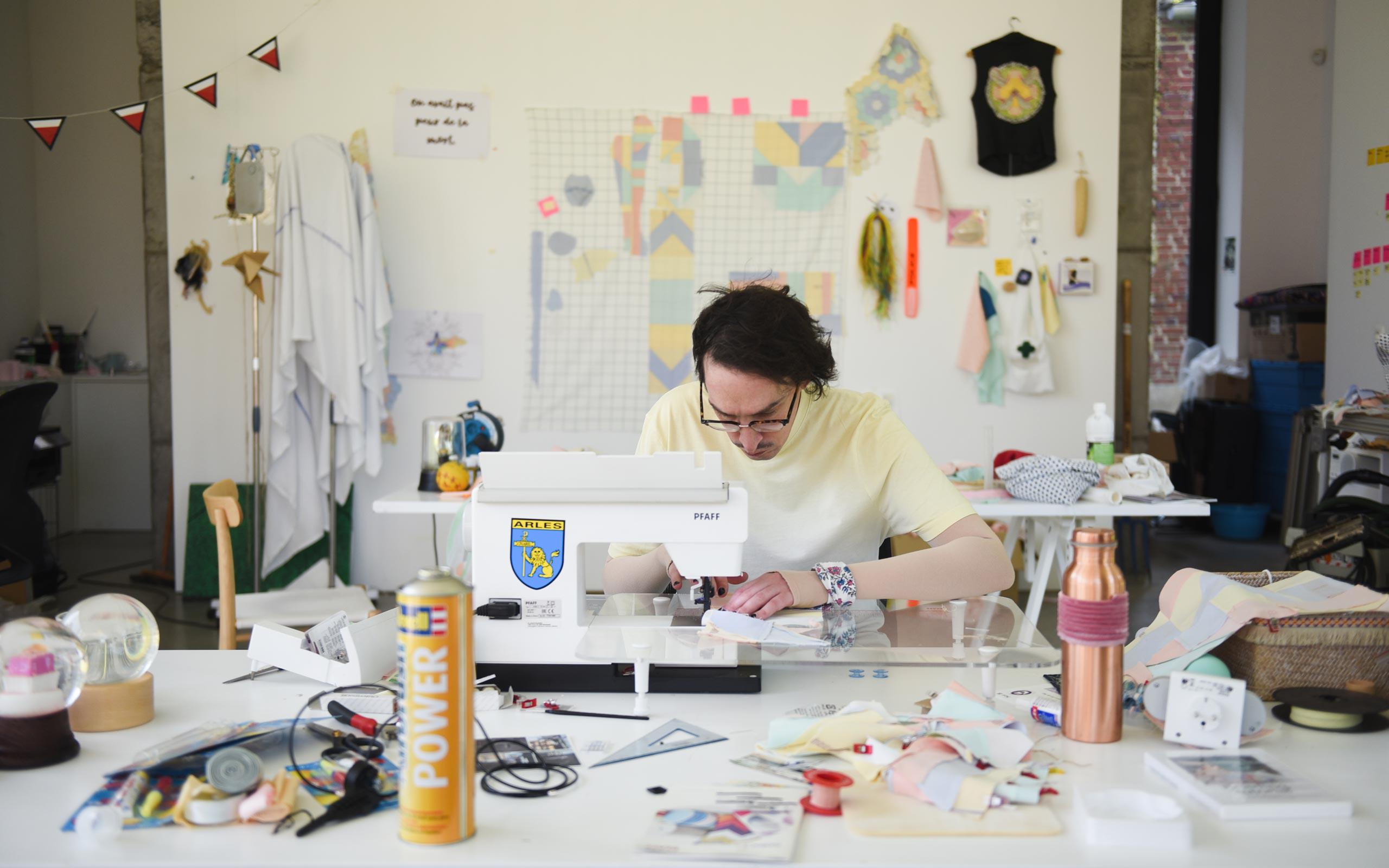
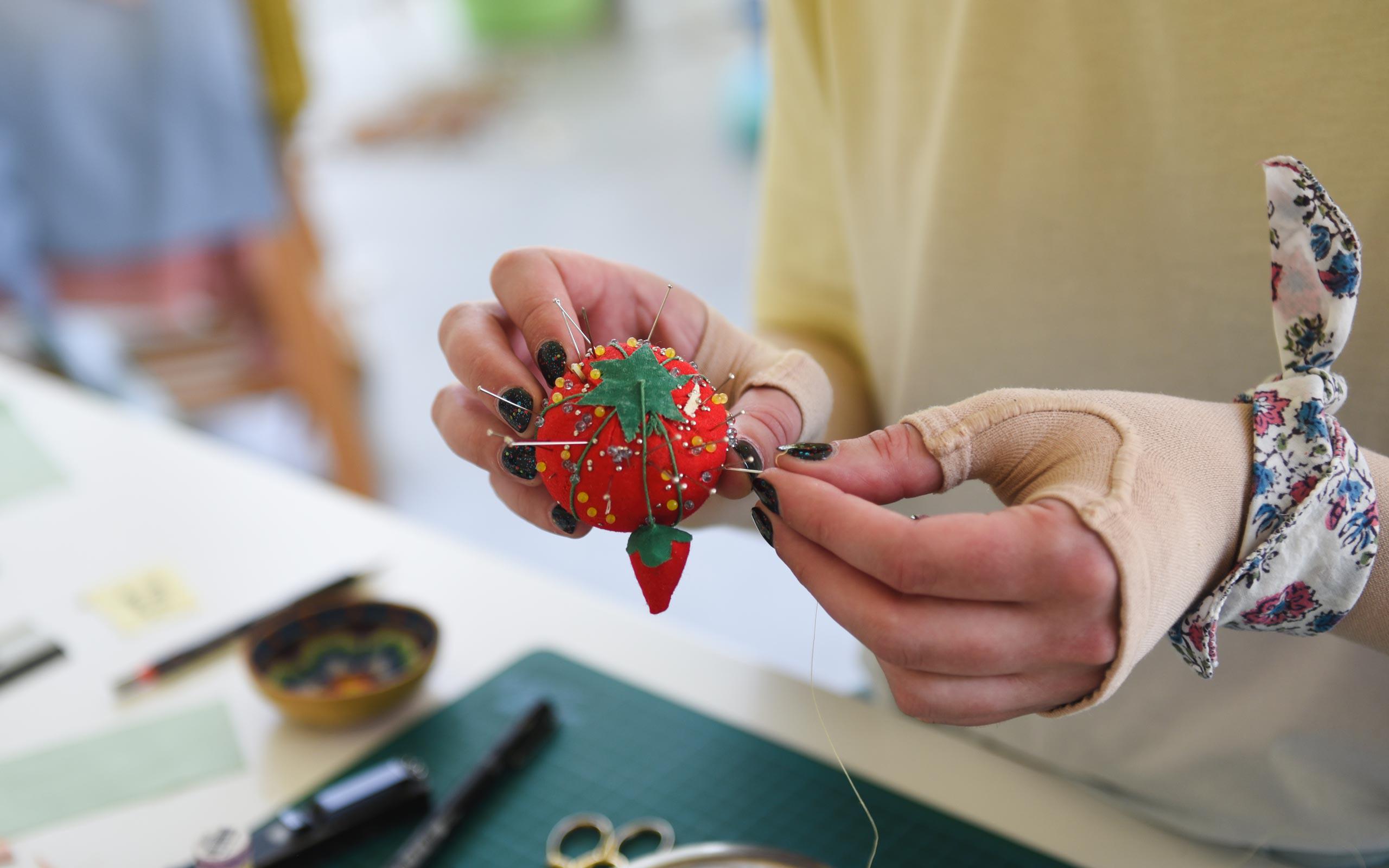
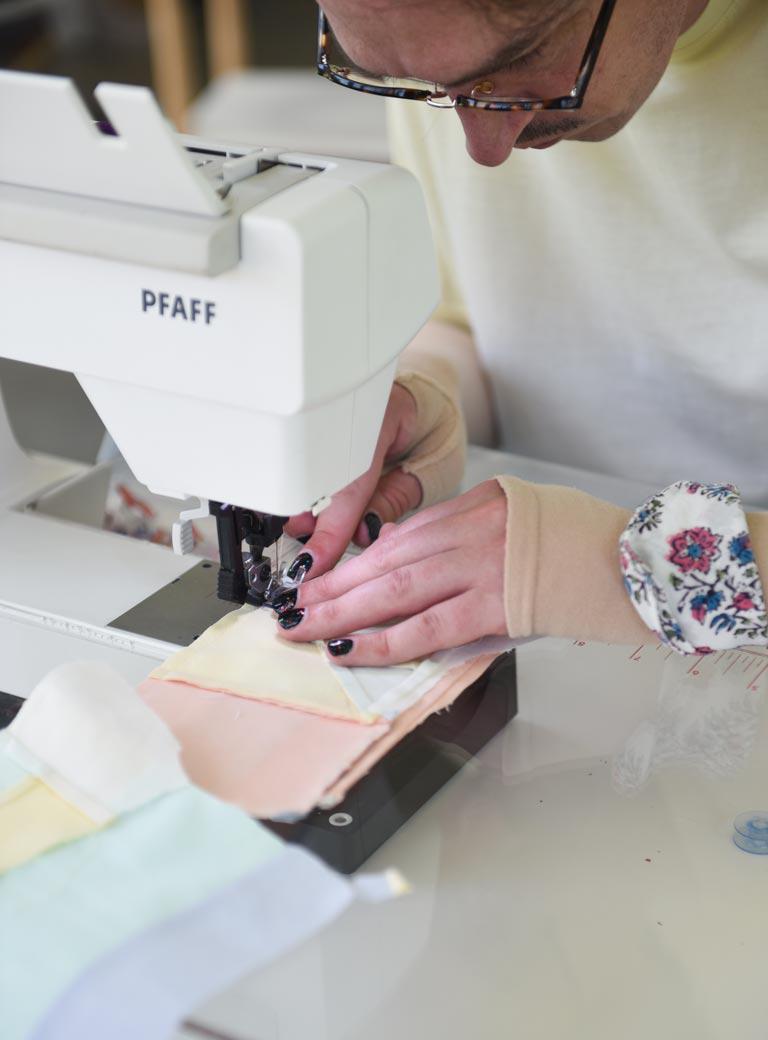
As you say, your bats are cute. As an artist, are you not concerned that people might mistake them for toys?
No, this is part of my strategy. For example, out of these old, stained hospital sheets I sew small sachets that I fill with lavender. And when I gift them, people find them soothing: they touch them, squeeze them, bring them to their mouth or nose. This is my process of radical gentleness to reprogram the metaphors of the disease. The fact that my bats are cute is part of this strategy. It is my way of trying to inject things into society.
How can the viewer perceive your intention?
For the viewer, it goes like this: he or she sees this stuffed toy bat, wonders about what it means. Stepping closer, they identify this characteristically “embroidered” hospital fabric, and wonder even more. They take another look at the work, and all of a sudden, they have this feeling of being in a horror movie. This second degree of reading is important. To prevent a movement of repulsion, I have coated the aesthetic shock in softness. This is how I can talk to everybody.
The way you use your illness as a catalyst to make art reminded me a little of Frida Kahlo, who also experienced a lot of pain and turned it into art. Is she someone who inspires you?
Well, to me, she is part of the family of Handi-Queers (a French association to fight discriminations and exclusions related to disability as well as sexual orientation and/or gender identity). Let’s say that the battles against the negative representation of invalidism join other struggles relating to the LGBTQI+ community. It is a family I feel quite comfortable in because invalidated bodies are also bodies that are desexualized. They are not necessarily seen as bodies that are reproducible.
Here, you open up aspects which your audience might not be familiar with. Do you feel you have to educate society in that respect?
This is my goal. I am aiming to propose representations that are different. Diseases are seen as something that needs to be eradicated. You go to the hospital to get “repaired”; you don’t go there to take care of your illness. For me this passage is important: why not try to communicate with one’s illness, try to see it as a pet? It is quite possible to live happily, and it is equally possible to die happily.
Your choice of words is interesting – don’t hospitalized people want to be “repaired”?
What I don’t like about this idea is that sick people are just being viewed as scarecrows that need to be made right, in order to become useful again. It is a kind of double punishment for us patients: we already suffer, because it's really not pleasant to be in pain and in the hospital, but in addition we represent something that scares everyone. Couldn’t we just see some potential here that might benefit society?
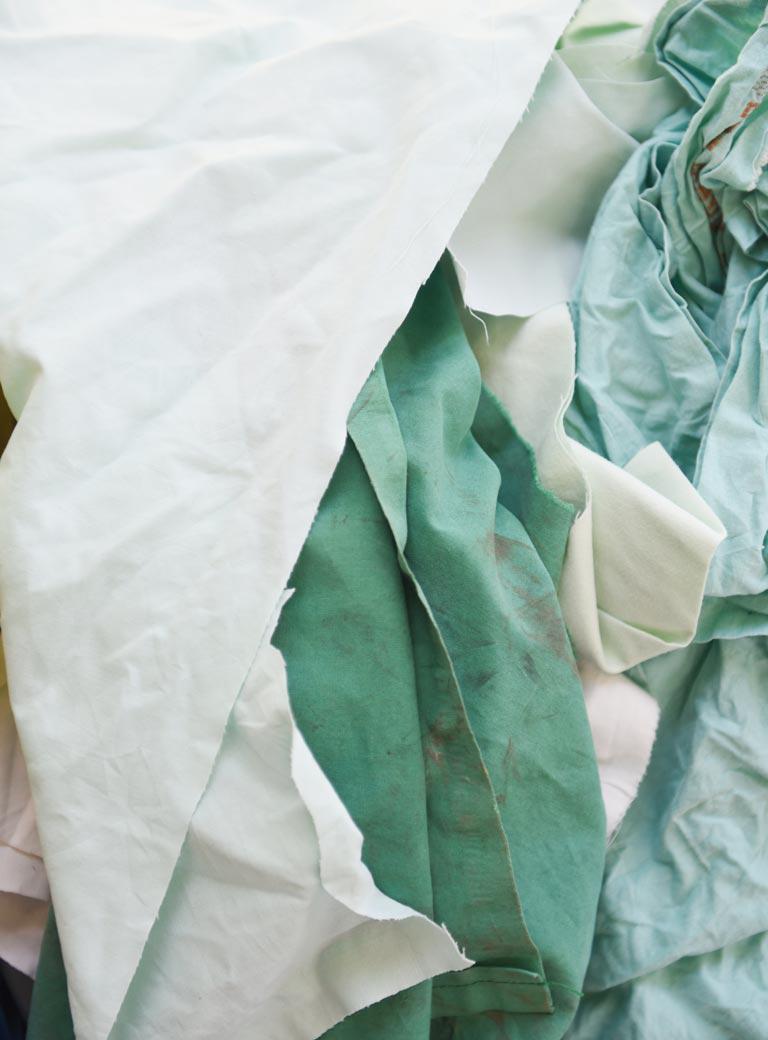
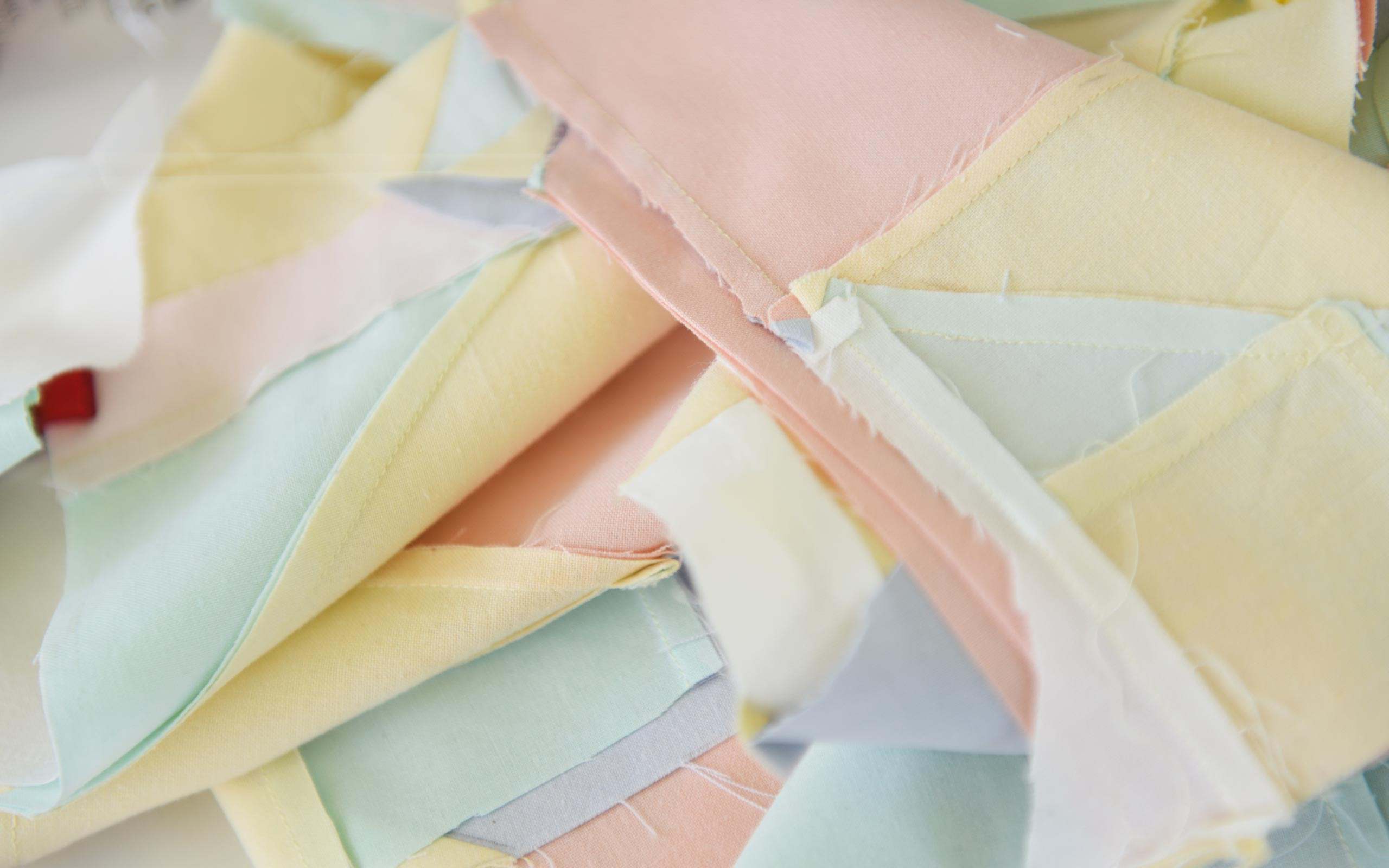
The perception of the sick body as scary and undesirable leads to the theme of sexuality for invalid bodies, which is a subject that you are also exploring…
Yes, it is one of my broad lines of research now. It began with an exhibition called Bandage with Julien Ribeiro last year, which is also a play on the word “bondage”. A hospital lent us some furniture and we pimped it up. In this kind of reconstituted hospital room, we wanted to show a video that broadcasts scenes of orgasms in the hospital. They do not show vulnerability though, but consensual scenes of sensual representations. It is a kind of porn movie with invalidated people. And we ask: how can sick bodies ever feel desirable, when there is no equivalent projection anywhere in society?
Was this your way of bringing life to the hospital room?
At the hospital, we are so close to death that we simply must have access to the impulses of life! This special type of porn movie works well in a hospital environment because porn movies are all about naked bodies in the spotlight. Now, when you think about medical imaging with scanners, it is exactly the same! The body and its intimacy become a public space. Just think about the moment when the head of the medical department makes his rounds in the morning accompanied by other doctors, and you lie in your hospital bed. Your body is penetrated by a lot of looks.
While in hospital for the treatment of your cancer, where do you think you found the inner strength to go on?
What helped me was a postcard that I liked very much. As I was lying on my hospital bed and looking at it, it became my landscape! The card represented the Great Piece of Turf by Albrecht Dürer, I kept it next to me. And I decided to actually sow the Great Piece of Turf on the small balcony off my room, so I hung a planter on the railing. When I looked at it from my bedridden perspective, it was situated right at the end of my bed, where they attach the sheet with your temperature curve. I was inspired by the work the artist, gardener and queer activist Derek Jarman, who died from AIDS, had done in his garden at Prospect Cottage in Kent. I searched for the different seeds and planted them. It was my horizon, my landscape. And that is how very, very slowly I came back into a rhythm, which was also a planting rhythm.
Another piece that regularly captures a lot of interest is the lipstick…
It dates back to 2015, before I went back to hospital because of my cancer. At the time, I did an exhibition called In the direction of the veins. Back then, I was not yet talking about my medical history. But I had this need, suddenly, to make a lipstick with my own blood to adorn my own lips. It's a pretty enigmatic piece for me, and I think it has surpassed me since.
You wanted to show your body in this form?
I have an almost shameful feeling about my body: why didn’t it become HIV-AIDS-positive? I still don’t understand it. I have always suffered this somewhat dubious look from the medical profession, they don’t understand it either.
You talk about shame: does the fact of having survived make you feel guilty?
Absolutely. How to live with the fact of having survived? We are built on what is called the survivor complex. The fact of having survived induces a guilt that can crush us if we do not seize it and become its spokesperson.
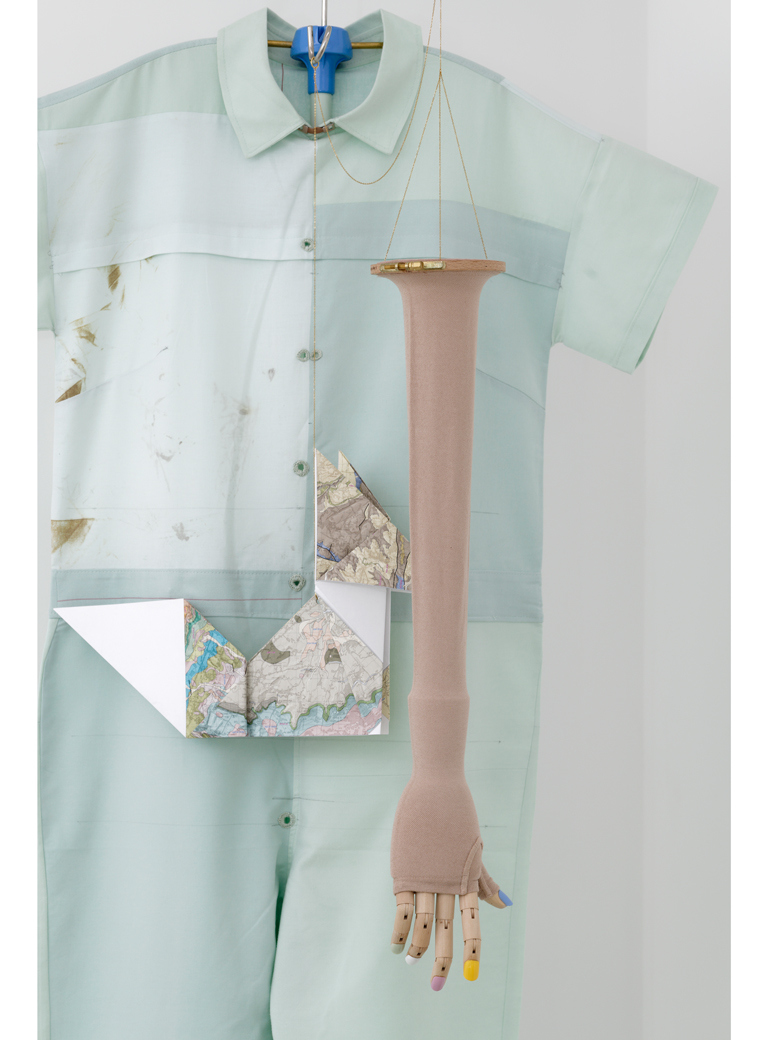
Little Prince, Benoît Piéron, 2022, Exhibition view Horizones – Fondation Ricard, 2022, Paris, Photo: Aurélien Mole, Courtesy Galerie Sultana, © the artist
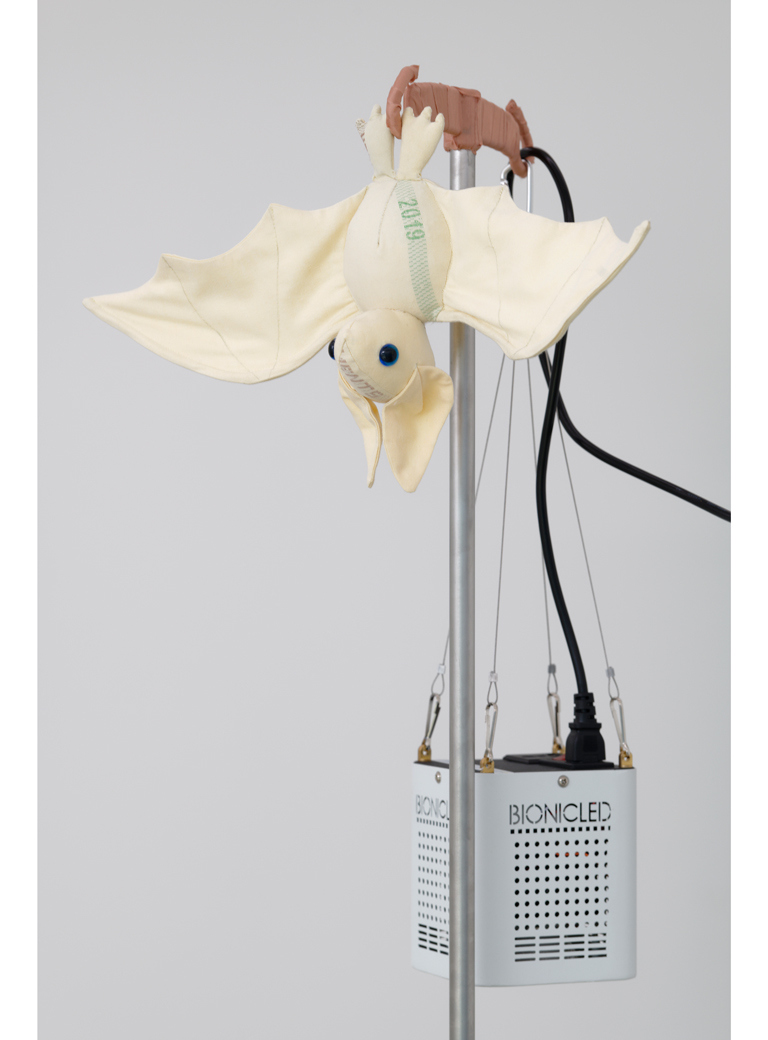
Monstera, Benoît Piéron, 2022, Exhibition view Horizones – Fondation Ricard, 2022, Paris, Photo: Aurélien Mole, Courtesy Galerie Sultana, © the artist
Do you think it is possible to transform this guilt into creative energy?
That's exactly what I’m doing! The idea is to succeed in working with what could have destroyed me. Getting a secondary profit out of what happened to me.
Is this why you got into art? Or does the question hardly arise because it was your first language anyway?
Oh, yes. Between us, I don’t know if I’m really an artist, I don’t necessarily have the impression. I would rather say that I practice creative philosophy.
But you do go along with the artist label?
It is the one that allows me to fill my fridge! And to lead a happy existence, to see flowers. And yes, what I do fits into the field of art. In other words: I am an artist, but I don’t know if I do art. Or vice versa.
The public takes you more and more seriously as an artist, though. Especially, it seems, since you had the revelation about your work coinciding so strongly with your own experiences. Have the stars aligned?
Exactly. It’s really that feeling: I’m just in the place where I need to be. And it is wonderful.
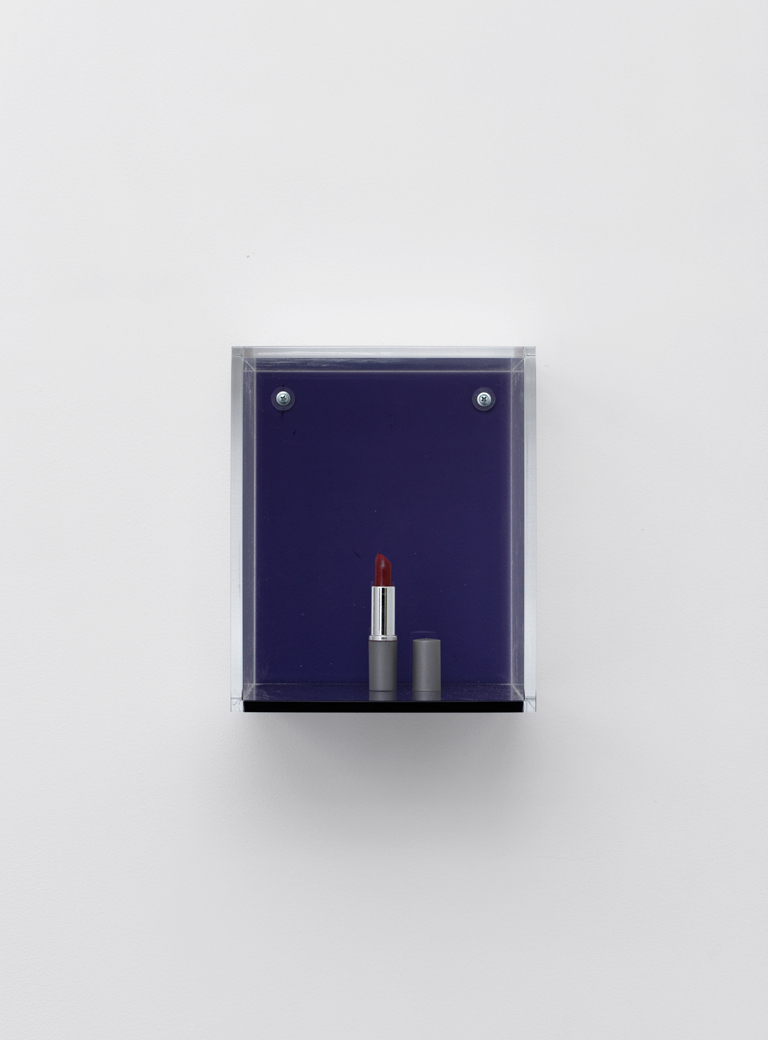
Le rouge à lèvres, Benoît Piéron, 2015, Exhibition view Cottagecore, 2022, Galerie Sultana, Paris, Photo: Aurélien Mole, Courtesy Galerie Sultana, © the artist
Interview: Alexandra Markl
Photos: Elise Toïdé


